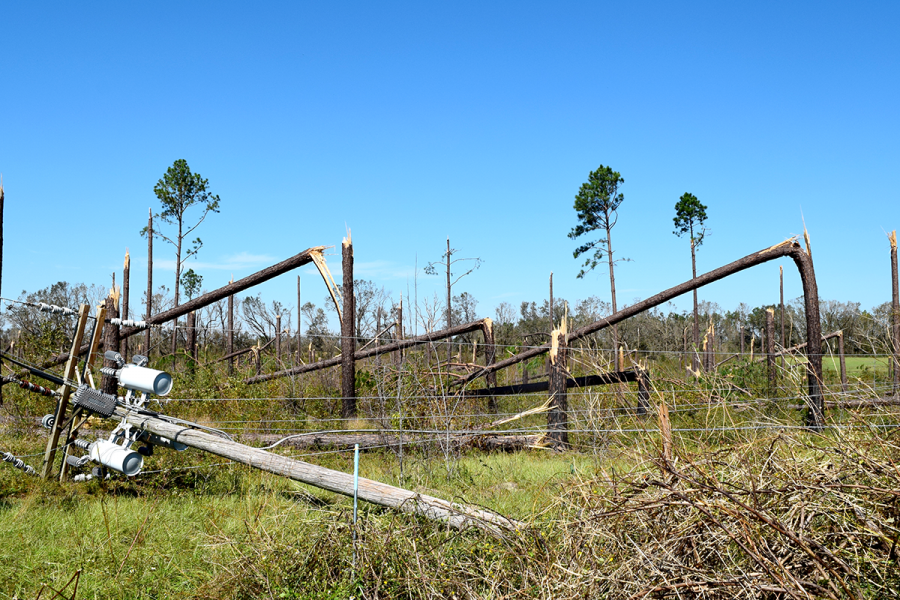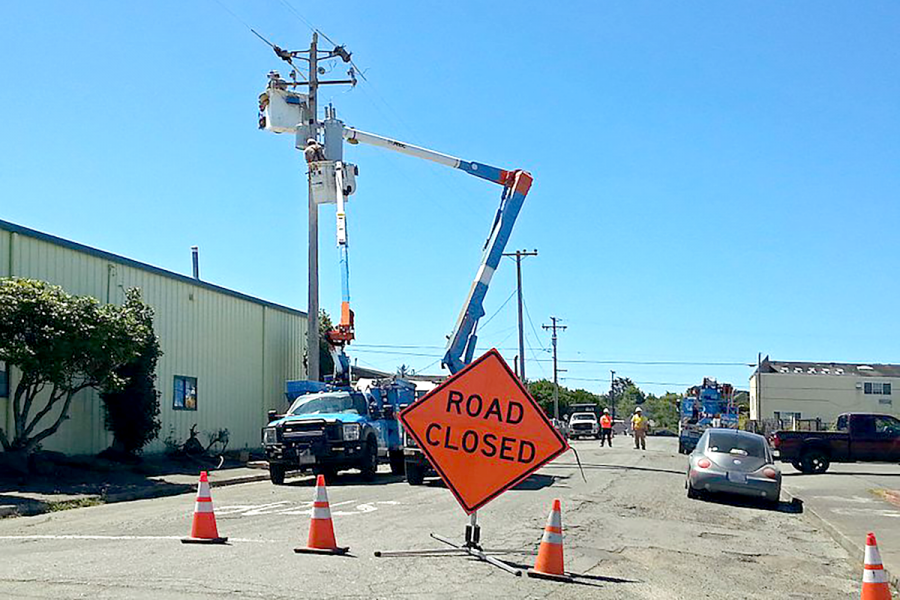PG&E power outages send businesses into emergency mode
October 24, 2019
Left in the dark with no electricity for miles and having to inconveniently adjust with minimal warning is a nightmare that many California residents experienced for several days due to the lack of preparedness for a blackout on Pacific Gas and Electric’s behalf.
With intentions to reduce the risk of wildfires, PG&E shut down power lines across 22 counties in Northern California early this month. Approximately 500,000 people and businesses went without power, forcing them to rapidly prepare moments before their power was shut off.
Although PG&E warned the public about these possible power shutdowns as early as February, they failed to confirm dates in a relatively timely matter. This resulted in the quick purchase of emergency items that they would need during the outage.
News sources such as CNN reported that state regulators approved the plan for the power outages in May along with tips and rules to prepare the public, but did not vastly promote to the counties affected. Thousands of people were left in the dark, literally.

PHOTO BY DANIEL RAMIREZ/WIKIMEDIA COMMONS
Crowds at grocery stores, gas stations, and mini markets grew in abundance. With minimal and unclear warning of these power outages, store managers were not prepared with large amounts of stock to accommodate these crowds.
“You would’ve thought the zombie apocalypse was upon us with the amount of people filling their carts. We ran out of bags of ice within the first hour of opening. We dealt with angry, frantic customers all day,” Safeway employee, Janelle Ramirez of Fremont explained in an interview. “It is unfair to all surrounding store managers that they were unable to order enough stock with such short notice.”
Popular stores like Walmart, Target, and other appliance stores were selling generators, flashlights, and candles quickly. Gas station lines were backed up leaving cars waiting in the street to top off their fuel.
“There wasn’t a point in the past two days where we were slow or had no cars filling up. Our store shelves were bare and our fridges were close to being empty,” Rhandu Singh, owner of local San Jose Seven-Eleven station explained.
Another Bay Area resident affected by the power outage was Richard Brandt, founder, and CEO of Archer- Brandt electric company, a small electrical company that has done electrical maintenance for Walmart, Starbucks, and Tesla.
“This outage cost me over $1,500 dollars a day,” Brandt said. “That’s money I can’t get back and for four days!”
It was not only stores, local markets, and gas stations being rushed by mass groups of consumers, but institutions like universities and nursing homes were forced to close because of the outage. Students at California State University, Chico were left with no power for two days and limited food resources, especially those who did not have family or friends in the area.
“Yeah, I obviously didn’t mind classes being canceled but on a more serious note it was extremely inconvenient and a bit scary not having the funds to buy non-perishable groceries. Luckily I had a loaf of bread and peanut butter to get me through,” said William Reldings, a student at Chico State.
Although Reldings was prepared with some non-perishable foods, others were not so lucky. This type of inconvenience with little notice caused some PG&E customers to feel ignored by the company.
“I feel that if PG&E had prepared and warned the public weeks in advance along with setting up resources for people, we would be a little bit more understanding but since this issue was inconveniently dropped on us, I hope that all their customers will hold them accountable,” Relding said angrily.

















